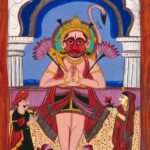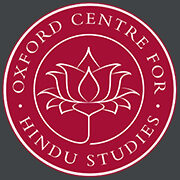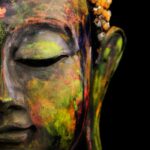Buddhist Meditation
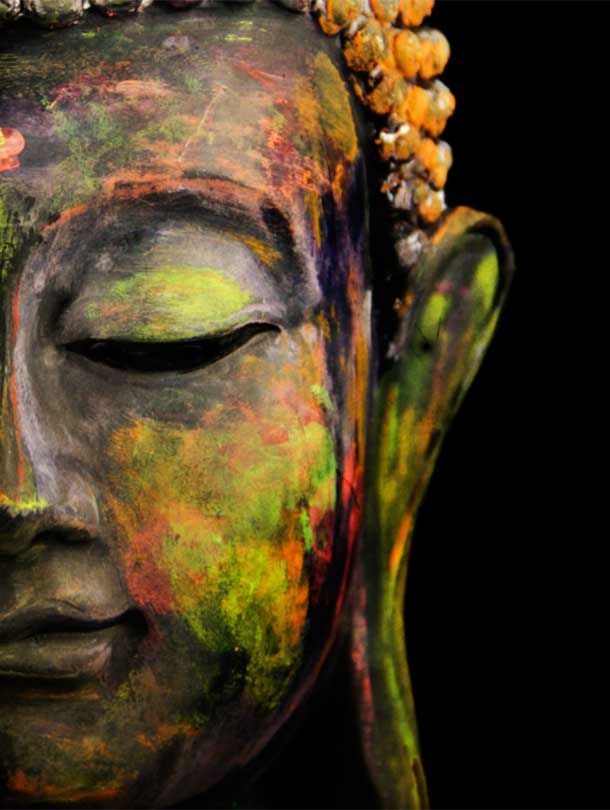
The Spirit of Buddhist Meditation
This course is based on Dr Sarah Shaw’s book, The Spirit of Buddhist Meditation. Each student is given an electronic copy of the book.
In this course we summarise features of the Buddha’s teaching on meditation and the mind. What are they and how do they fit into a wider Indian background?
The Buddha has become a symbol of the peace that is possible for the human mind. Yet, as a revolutionary and innovative teacher he challenged conventional attitudes to the possibilities of human growth and development. He ignored gender and caste as factors in the potential of a human being. His teachings are based on a sense that the mind has infinite potential and that no one should be barred from his teachings. It is a down-to-earth teaching – and the Buddha taught that the principles of Buddhist practice can be applied to daily life as well as to meditation.
This then provides a path leading – it is said – to freedom.
Start Date: 19 January 2025
Late enrolments still open for a limited time
Course Duration: Seven Weeks
256 pages
Pathway(s): Hindu Traditions, History of Hinduism, Sacred Texts, Yoga Studies
On-Demand Video
The main video component of your course. On-demand means you can watch at the time that suits you.
4hr 44min
Campus-wide Zoom sessions
These free Zoom sessions are not part of your main course materials. They are open to students enrolled in any course.
Explore other areas of Hindu studies! Meet tutors and students from other courses!
Monday 27 January 1pm
Tuesday 4 February 2pm
Wednesday 12 February 4pm
Thursday 20 February 7pm
Sunday 2 March 8pm
These are all UK times. Recordings are available for any sessions you miss
The Spirit of Buddhist Meditation
Session One: Historical Background and the Life of the Buddha
We begin with the Buddha and discuss the meaning of his life for Buddhists ancient and modern. The principle of the middle way is explained and we see how it is enacted in the Buddha’s life, his progress to awakening, and to his teaching career. We examine the life of the Buddha as a paradigm and exemplar for Buddhists of all traditions.
Sessions Two–Four: Meditation and the Eightfold Path
In these sessions, we examine the eightfold path and how it embodies all that is needed: wisdom (paññā, aroused by vipassana practice, or insight), ethics (sīla), and concentration (samādhi).
There is no meditation (jhāna) for the one without wisdom;
there is no wisdom for the one without meditation.
If you have meditation and wisdom, you near to complete peace (nirvana).
Dhammapada 372
We explore jhāna (dhyāna in Sanskrit), the classic route to attain right effort, right mindfulness, and right concentration, the last three factors of the eightfold path.
We will also explore texts on Buddhist meditation and how it fits into a larger path, where chanting, listening to texts, and other practices are key features.
These three sessions aim to communicate the richness of the Buddhist meditative tradition, but also its straightforwardness and practicality. People are assigned and taught meditations according to their needs: but all are practising bhāvanā, and all are dedicated to arousing concentration and mindfulness, leading to the full development of the path.
Session Five. Abhidhamma
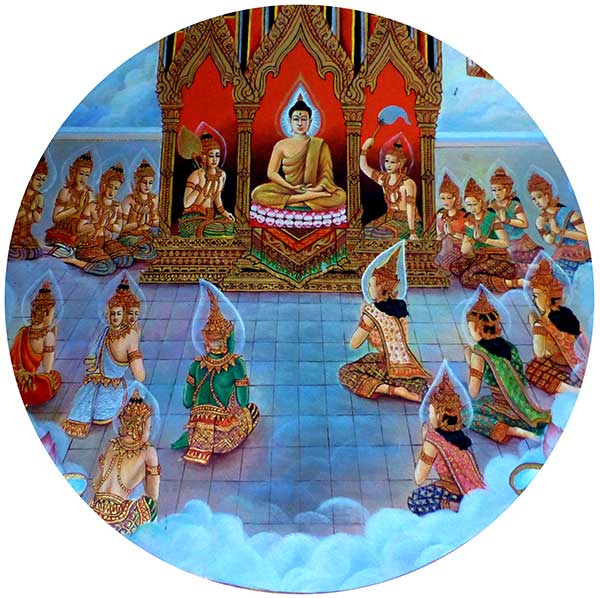
In this session, we explore Buddhist texts on meditation, including some poems by those who became enlightened in the early days of the teaching. In this session we focus on texts that are geared towards developing insight: for instance, the Rathavinita Sutta, which outlines the stages of calm and insight and compares them to a relay race; it has become a classic text for those following a primarily insight meditative path.
It is the Abhidhamma, however, that occupies centre stage in this session. It is the third ‘basket’ of the Buddha’s teaching, after Vinaya (the monastic code) and Sutta (the discourses of the Buddha). The Abhidhamma offers a sophisticated psychological system, a way of understanding events and experiences in meditation and daily life, and gives a sense of insight: into impermanence, continuities of various kinds, and into the ever-changing currents of consciousness as it relates to the body and to the world around.
At the time of the Buddha, many people practised meditation, and attained many diverse states and higher experiences of various kinds. This system appears to have been a way of describing these states, understanding them and placing them within the larger perspective of the Buddhist path.
Session 6: Stories and Meditation
In this session we explore the story and narrative traditions of Buddhism. As with all Indic religions, the lifeblood of the system can be found in the many tales, myths, legends, and stories of the central figures. Their experiences, adventures, heroic exploits, and meditative successes and failures are how most people learned their Buddhism in Buddhist regions.
We look at the Jātakas, the stories of the Buddha’s past lives as the Bodhisatta, and the Dhammapada stories about meditators’ experiences over many lifetimes.
The Ten Perfections
…the things in this world that bring awakening to maturation, that bring about Buddhahood and that have to be fulfilled by Bodhisattas. Beyond these ten perfections there are no others. And these ten perfections are not in the sky above; they are not in the earth below, nor are they in the directions that start with the east. They are established right in the depths of my heart.
(from the Spirit of Buddhist Meditation)
Session 7: The Commentaries: Practical Tips
The last session discusses the practice of jhāna (dhyāna in Sanskrit), a particularly Indic contribution to the practice of meditation, and some Buddhist commentarial advice on its practice. The Buddha’s teachings on this subject appear to differ markedly, in the early days, from those of his contemporaries, but the traditions of India tended to work together and deploy features from one another: it is likely that practitioners in many traditions undertook practices of this kind.
In this session we look at the meditation manual of the great Buddhaghosa, the Path of Purification (Visuddhimagga) and explore some of his advice on this subject. As so often in Buddhist meditation, suitability to the time, place and person are constantly recommended.
Click here to download the full course overview.
Your Tutor

Dr Sarah Shaw
Sarah Shaw is a longtime practitioner and teacher of Buddhism. She is a fellow of the Oxford Centre for Buddhist Studies and faculty member and lecturer at the University of Oxford. She is the Khyentse Foundation Reader in Buddhist Studies, University of South Wales. She has taught and published numerous works on the history and practices of Buddhism, including Mindfulness and Spirit of Buddhist Meditation.



